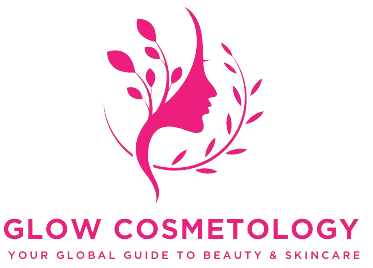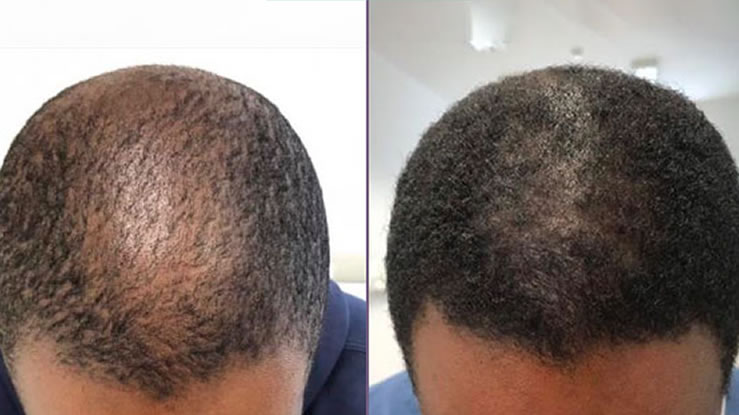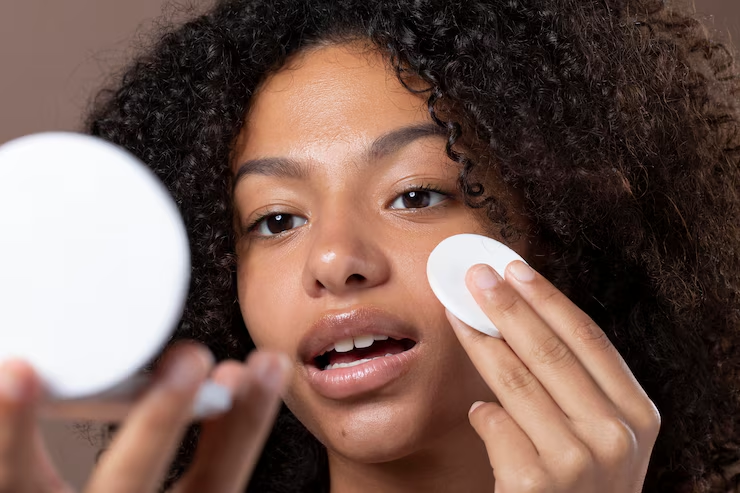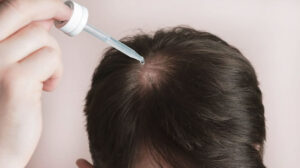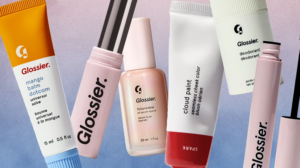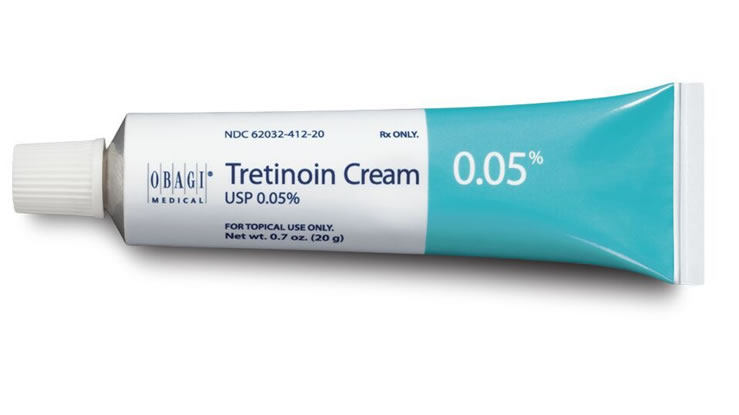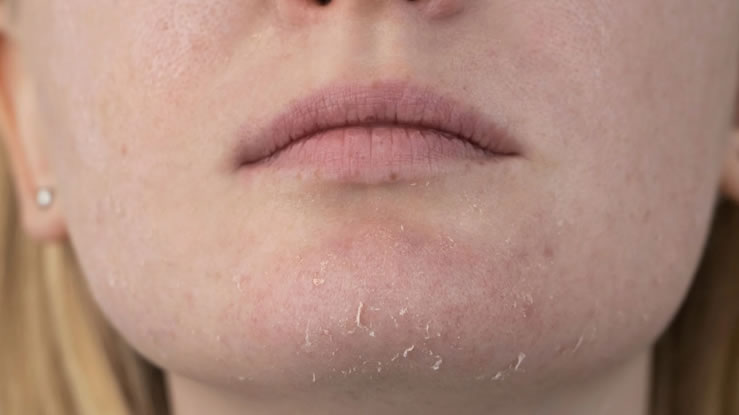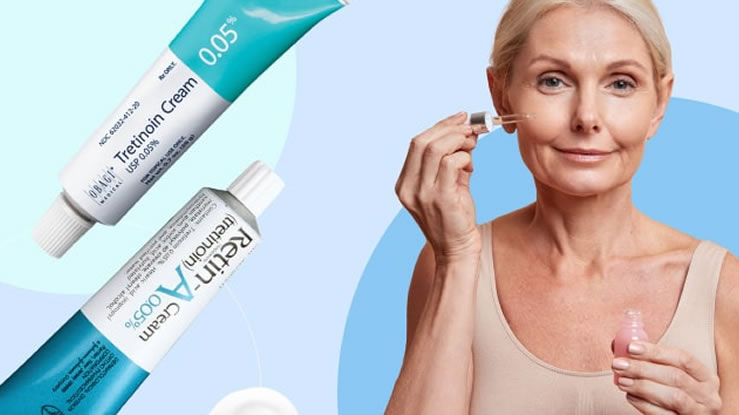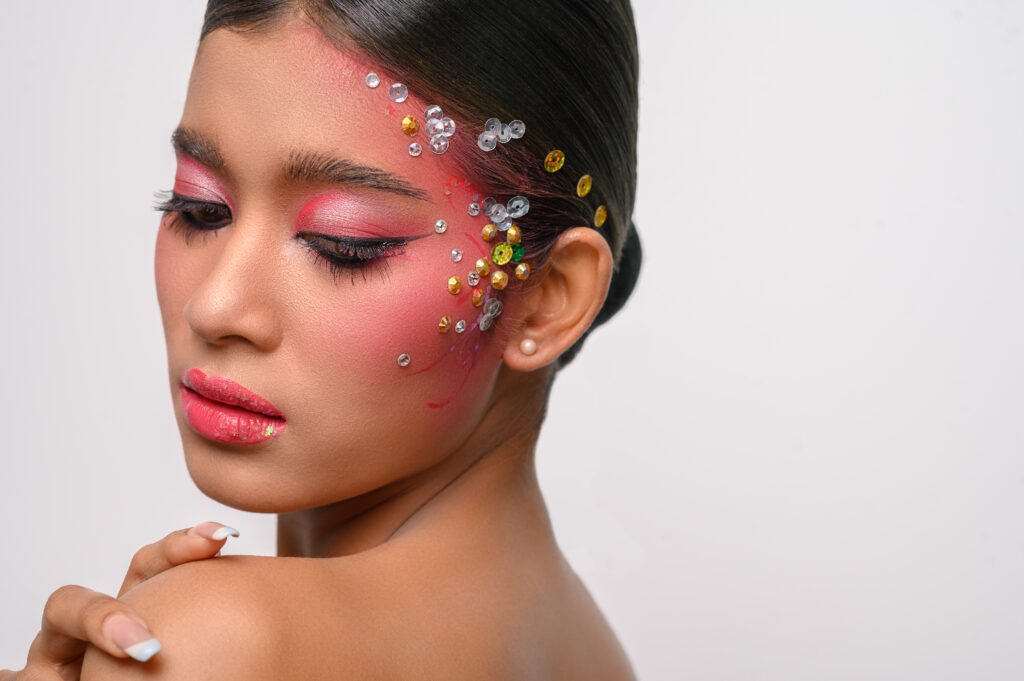Undergoing a hair transplant can feel like the beginning of a hopeful journey, filled with anticipation, patience, and the proper care. The first month is crucial for graft survival, minimising complications, and establishing a solid foundation for long-term growth. Knowing the most effective post-hair transplant care routines during this time can make the difference between successful outcomes and setbacks.
Understanding the Timeline: Why the First 30 Days Are Important
During the first 30 days post-transplant, your scalp heals in three stages: initial graft healing, swelling/redness subsidence around days 7-10, and early regrowth around weeks 3-4. Between 10 and 14 days after transplantation, newly transplanted hair grafts are securely placed on the scalp. Establishing healthy routines now sets the stage for long-term growth.
Week-by-Week Care Plan for Hair Recovery after Hair Transplant
Week 1 (Days 1–7): Gentle Healing & Protection
- Rest & Elevation
Sleep with your head elevated (around 30°–45°) for a few days to reduce swelling. You can usually return to sleeping flat by day 3-4, but always follow your surgeon’s specific advice. - Swelling & Compression
Swelling, particularly around the forehead and eyes, is common until days 3–5. This is caused by edema from the operation shifting through the head due to gravity. Apply cold compresses only to your forehead, not the grafts themselves. - Scab Formation & Washing
Tiny scabs will form around transplanted follicles within hours. Itching is normal as the scalp heals, whether caused by scabbing or not; however, do not scoop to avoid damage. Starting day two, gently rinse with a doctor-approved, mild medical shampoo. Pat dry and avoid rubbing. - Medicine and Touch-Free Healing
To preserve healing grafts, take prescribed antibiotics or anti-inflammatories as directed and avoid touching or scratching the grafted area.
Week 2 (Days 8–14): Scab Shedding & Early Shock Loss
- Scab Natural Detachment
Scabs begin to flake off, but resist picking them off. Gentle saline sprays or moisturizers may be beneficial; always follow your clinic’s instructions. - Shock Loss Phase Begins
Shedding (telogen effluvium) may begin between weeks 2 and 3. Don’t worry, this is a normal and temporary part of the process. New follicles are still intact. - Gradual Activity Return
You can move around a little, but avoid heavy exercise, swimming, saunas, and tight hats until weeks 3-4.
Weeks 3–4 (Days 15–30): Dormancy & Supportive Care
- Entering Resting Phase
Transplanted hairs shed completely, and follicles enter a dormant state. There hasn’t been any visible growth yet, which is normal. - Renewed Washing & Scalp Care
You can resume regular washing, but avoid harsh chemicals. Wear a loose hat outside to protect yourself from direct sunlight, and stay hydrated and nourished. - Avoid Smoking, Alcohol, and Heat Treatments.
Smoking, alcohol, coloring, heat styling, and chlorine can all have an adverse effect on healing. It is best to avoid during the first 30-day window. - Mind the Signs & Stay Connected
Keep an eye out for any signs of infection, such as persistent redness, pain, or unusual discharge, and contact your surgeon right away if you notice anything.
Why a Trusted Brand Matters During the Healing Phase after Hair Transplant
Post-hair transplant skin is fragile. Any harsh chemicals can cause harm to the transplanted hair. To protect hair follicles from damage, hair growth products must be free of any side effects. Trusted products, such as Calecim stem cell hair growth serum, can aid and improve post-hair transplant recovery. The Calecim Professional Advanced Hair System (AHS) includes PTT-6®, a patented protein mix of growth factors and exosomes that sends regenerative signals to scalp tissues, promoting stronger, healthier regrowth. Here’s how AHS can help after a hair transplant:
- Activates dormant follicles, nudging them into active growth.
- Accelerates healing by allowing donor and recipient sites to recover faster.
- Clinical validation indicates that it reduces scalp inflammation up to 30 times and stimulates follicle cell production by 24%.
Common Questions
When can I wash my hair after the transplant?
Clinics recommend safe washing by Day 2-3 with a gentle, clinic-approved method, such as pouring water/saline into a cup rather than using direct shower pressure.
Can I use stem cell serums post‑transplant?
Serums containing stem cell-derived growth factors may be beneficial after scab removal and medical clearance, according to preliminary research. A dermatology study found that applying after day 10 resulted in improved hair density.
When does shock loss happen, and how long does it last?
Most patients experience shedding between weeks 2-4; it may peak around the one-month mark and last up to 12 weeks.
Conclusion
Handle the first 30 days post-transplant with grace, patience, and evidence-based routines, including gentle cleansing and cooling, nutritional support, and mindful product use, such as the Calecim Advanced Hair System. Proper post-hair transplant care is crucial for achieving long-term results and confidence.
When you’re ready to explore scalp‑safe, professional‑grade support, visit Calecim Professional for further guidance and product assistance.
